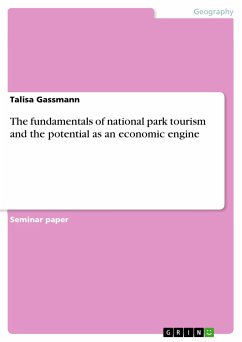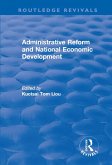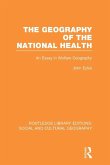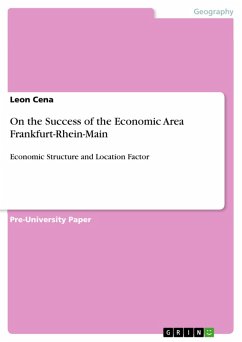Seminar paper from the year 2024 in the subject Geography / Earth Science - Tourism Geography, grade: 1,3, University of Applied Sciences Wernigerode (International Tourism Studies), course: International Tourism, language: English, abstract: The tourism industry was one of the fastest-expanding economic sectors before the coronavirus and continues to maintain its status as the world's dominant service industry. "(...) in 2019 alone, over 1.5 billion tourist arrivals were registered (...) with a growing importance of domestic tourism." The interdependence between the increase in travel and the economic importance of tourism has been proven. Looking at the situation before the virus, it can be seen that the tourism industry contributed over 10% to global economic output. Furthermore, over 230 million jobs depend on tourism, which accounts for around 9% of global employment. As a result, it is no secret that the tourism industry is a highly profitable source of income and has the ability to combat poverty and stimulate the regional economy. The latter will be examined in more detail in the next section in order to create essential foundations for the further course of the work. Since the focus of this work is on the United States, the aim is to provide a brief insight into the American tourism industry. When evaluating the overall economic production value of the tourism sector, the World Travel & Tourism Council was able to determine that the USA occupied first place by a significant margin in 2007 and was able to maintain this position 10 years later with an increase of 44.94 % . But when it comes to travel spending, Americans also took first place in 2005 with a total of around 82 billion dollars, and they took relatively significantly more trips within their home country. The reason for this lies primarily in the richness of the diverse climate zones and landscapes.
Dieser Download kann aus rechtlichen Gründen nur mit Rechnungsadresse in A, B, BG, CY, CZ, D, DK, EW, E, FIN, F, GR, HR, H, IRL, I, LT, L, LR, M, NL, PL, P, R, S, SLO, SK ausgeliefert werden.









